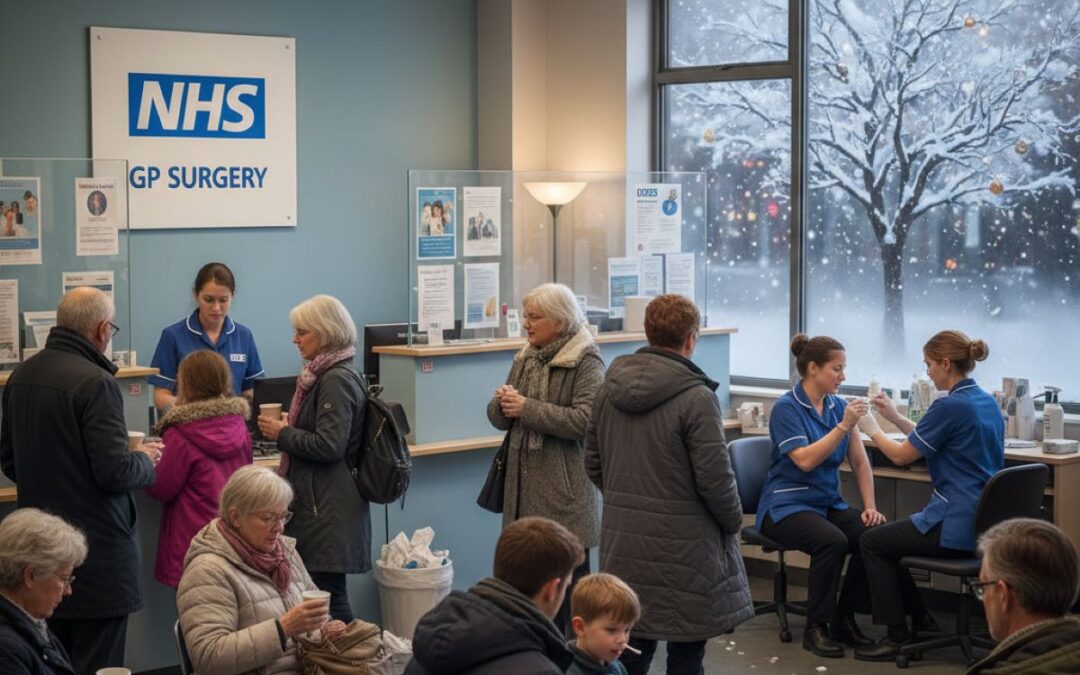Amazon is gearing up to roll out prescription kiosks inside One Medical clinics in Los Angeles beginning December 2025. These in office machines will allow patients to collect common prescription medications such as antibiotics, inhalers, and treatments for high blood pressure immediately after their appointments. The initiative aims to bridge the persistent gap between the physician’s office and the pharmacy counter, making it easier for patients to begin therapy without delay.
Closing the Prescription Gap
Amazon’s new kiosks are intended to address a troubling statistic: more than 25 percent of all prescriptions in the United States go unfilled each year, often because patients must make an extra trip to a pharmacy. Meanwhile, millions of Americans live in so called pharmacy deserts, areas with few or no pharmacies nearby. Amazon believes that by placing dispensing kiosks directly within medical facilities, it can improve medication adherence, better health outcomes, and reduce overall system costs.
Under the proposed model, after a patient’s consultation, their clinician would send the prescription to Amazon Pharmacy. Through the Amazon app, the patient selects a kiosk pickup option and pays. They then receive a QR code which can be scanned at the kiosk to retrieve the medicine within minutes. Pharmacists review and approve orders remotely and remain available for consultation via video or phone through the kiosk interface. The machines are designed with strong security protocols and accept all major payers without extra fees.
Amazon sees this as an extension of its existing home delivery service for prescription refills, except far faster. The company has already published data linking delivery to improved refill rates, and the kiosks aim to push that convenience further.
Piloting in Los Angeles, with Plans to Expand
The initial deployment will target five One Medical clinics in the Los Angeles area, with locations in Downtown LA, West LA, Beverly Hills, Long Beach and West Hollywood among the first sites. Amazon has indicated it will expand kiosk availability to other One Medical offices and possibly beyond in early 2026.
At each site, the kiosk inventory will be tailored to the prescribing patterns of that particular clinic, though controlled substances and refrigerated medications will not be included. This constraint reflects both regulatory limits and technical challenges of dispensing sensitive medications in automated systems.
Amazon has emphasised that the kiosks represent its first in person pharmacy pickup option, moving beyond its earlier model of prescription delivery alone. By bringing dispensing closer to care, Amazon hopes to reduce delays between diagnosis and treatment.
Potential Benefits and Challenges
Increasing adherence and reducing friction
By enabling patients to leave with their medications in hand, Amazon aims to eliminate the dropout that frequently occurs between writing a prescription and actually filling it. Hannah McClellan, vice president of operations at Amazon Pharmacy, has stated that when patients have to make a separate stop after seeing their doctor, many prescriptions never get filled. By bringing the pharmacy directly to the point of care, Amazon hopes to remove a critical barrier and help patients start their treatment when it matters most. Dr Andrew Diamond, chief medical officer at One Medical, added that ensuring patients depart the office with their medication can be particularly important for conditions requiring immediate treatment.
Tailored inventory and supply challenges
Because inventory is limited, the kiosks will carry a curated set of common medications, not the full range found in large pharmacies. This raises questions about handling less common prescriptions or complex regimens. In addition, ensuring timely restocking and alignment with clinic prescribing trends adds logistical complexity.
Safety, oversight, and pharmacist access
Though the dispensing process is automated, the system retains human oversight. Pharmacists review the orders before release and remain available for live consultation. This hybrid approach aims to balance efficiency with safety. However, critics caution that building robust safeguards is critical, especially when patients may have questions about side effects, interactions, or proper use.
Equity and usability concerns
The model may serve tech savvy, mobile users well, but populations with limited digital literacy or multiple chronic medications may face barriers. Some community pharmacists have expressed concerns about reduced face to face interaction and the possibility that the kiosks may not fully replace the personalised care of traditional pharmacists.
Regulatory and reimbursement issues
Integrating automated dispensing with health insurance, payer reimbursements and state pharmacy licensure is complex. Amazon will have to navigate pharmacy practice laws, ensure proper record keeping, and confirm that QR based pickups comply with legal dispensing standards.
Competition and disruption
The move places Amazon in direct competition with traditional pharmacy chains, many of which are closing stores or scaling back in response to shrinking margins. By embedding dispensing within care sites, Amazon challenges the long standing separation between prescriber and pharmacy operations.
Outlook: Integration, Expansion and Evaluation
The success of Amazon’s in clinic pharmacy kiosks will depend heavily on execution. Key indicators to watch include:
- Expansion pace and geography
The initial pilot is restricted to a handful of Los Angeles clinics, but a broader rollout in 2026 could bring the model to more One Medical sites and potentially partner health systems. - Adherence and health outcomes
Amazon will likely evaluate whether patients who use kiosk pickup exhibit better initiation of therapy, improved adherence over time, and reduced complications or hospitalisations. - Patient satisfaction and usability
Usability monitoring across age groups, income levels and digital literacy will be essential to ensure equity. - Regulatory scrutiny and audits
States’ boards of pharmacy and health agencies could demand audit trails, dispensing logs, compliance with drug safety standards and review of error rates. - Economic viability
The kiosks must justify their costs through greater efficiency, reduced shipping, fewer unfilled prescriptions and lower overall care costs. Whether that pays off in practice remains to be seen. - Potential expansion to other care environments
If the model succeeds in clinics, Amazon might explore placing kiosks in pharmacies, outpatient centres, retail clinics or community health settings.
Conclusion
Amazon’s decision to embed prescription kiosks in primary care offices is a bold step toward integrated, immediate access to medications. In theory, the model can reduce barriers between diagnosis and treatment, improve adherence, and deliver better outcomes. But its success hinges on surmounting logistical, regulatory and equity challenges.
As the first machines reach One Medical offices in Los Angeles in December 2025, health systems, regulators, patients and pharmacies will closely watch how patients engage, how workflows adapt, and whether the convenience translates into real gains in medication use and health outcomes.













